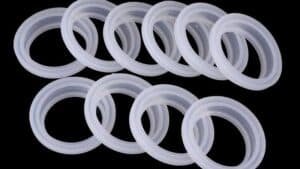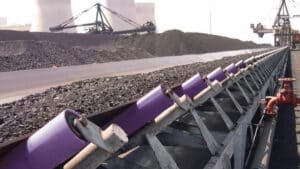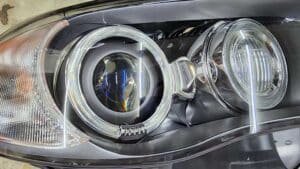The intake air manifold is a critical component that ensures the engine breathes efficiently. In this article, we will explore the intake air manifold information.
What is an Intake Air Manifold?
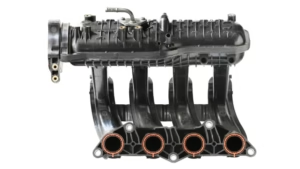
The intake air manifold is a vital engine component that distributes air or an air/fuel mixture to the cylinders for combustion. Crafted from materials like lightweight, heat-resistant nylon, aluminum, or cast iron. In automotive plastic components, nylon is especially favored due to its excellent thermal resistance, corrosion resistance, design flexibility, and cost-effectiveness.
How Does the Intake Manifold Affect Your Engine?
The intake manifold ensure equal air distribution, it optimizes combustion efficiency, resulting in better fuel economy, smoother engine response, and increased power output. Conversely, if the intake manifold is compromised, for example through leaks, it can cause uneven air distribution, resulting in rough idling, reduced power, increased emissions, and overall poor engine performance.
Components of the Intake Air Manifold
To understand the intake air manifold, let’s break down its core components, which work together to ensure efficient airflow:
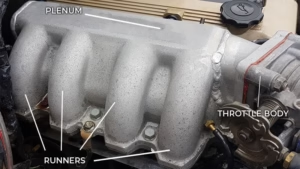
Plenum (Static Pressure Chamber): Think of the plenum as a reservoir that holds air before it’s distributed to the cylinders. Its size impacts performance. A well-engineered plenum ensures even air distribution, critical for consistent engine output in manifold cars.
Runners: These are the tubes that channel air from the plenum to each cylinder’s intake port. Their length and diameter are meticulously designed to optimize airflow velocity, influencing how the engine performs at various speeds.
What Should You Do If the Intake Manifold Leaks?
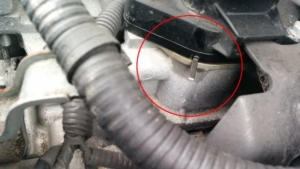
To find and fix an intake manifold leak, start by visually inspecting the manifold and its connections for any cracks or damage. You can also use a smoke test to see if smoke escapes from any part, which helps pinpoint the leak. Another method is to check the vacuum pressure inside the manifold after the engine is off; if the vacuum drops, it means there’s a leak. Once you’ve located the leak, replace any worn or damaged gaskets and O-rings. If the manifold itself is cracked, repair it if possible or replace it entirely. After that, check and adjust the throttle body and related connections to ensure everything is sealed properly. Finally, start the engine and confirm that there are no warning lights and the engine runs smoothly, making sure the problem is fully resolved.
Custom Automotive Parts with Zhongren
At Zhongren, we excel in delivering custom plastic automotive parts, crafting high-performance components. Whether intake air manifolds or other plastic parts for car, our custom plastic injection molding services offer high-quality, tailor-made solutions for the automotive industry.
FAQ
What are the symptoms of a low-quality intake manifold?
A low-quality intake air manifold may cause rough idling, reduced power, poor fuel efficiency, or vacuum leaks due to cracks or poor sealing.
